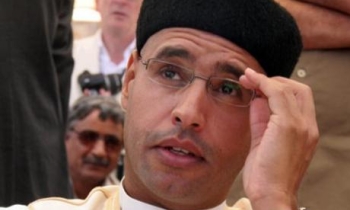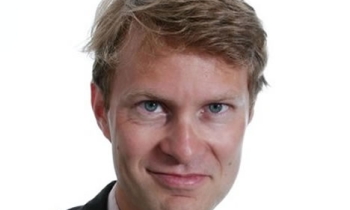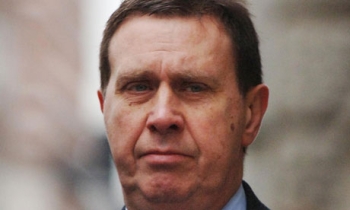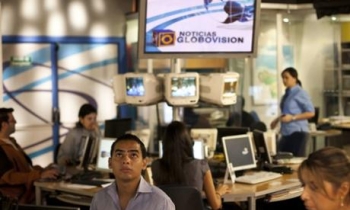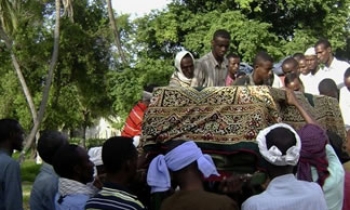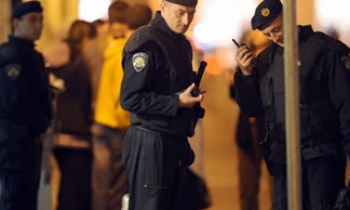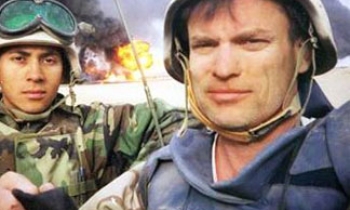LONDON (Reuters) - Reuters named a new chief photographer for the Middle East on Thursday and said it had tightened its editing procedures after the publication last year of two photographs that had been digitally altered.
The measures were among several steps announced by David Schlesinger, editor-in-chief of the global news and information agency, following an internal investigation that he said had resulted in disciplinary action.
The two photos, both of Israeli military action in Lebanon during the war there last August, were taken by a freelance photographer, Adnan Hajj.
Reuters ended its relationship with Hajj following an initial inquiry soon after bloggers questioned whether the photographs had been digitally altered using Photoshop software. All Hajj's images were removed from the Reuters Pictures sales database.
"Experienced photo editors and other senior editorial staff went through thousands of images published during the Lebanon conflict," Schlesinger said in a note posted on the Editors Blog of reuters.com.
"We are satisfied no other images were digitally altered."
He added: "We are fully satisfied that it was unfortunate human error that led to the inadvertent publication of two rogue photographs. There was absolutely no intention on Reuters part to mislead the public."
Schlesinger said Reuters had not been satisfied with the degree of oversight in place that had allowed the two images to slip through.
The agency had tightened editing procedures to ensure that only senior photo editors dealt with sensitive images, invested in more training and supervision and strengthened its code of conduct for photographers, Schlesinger said.
He named Stephen Crisp, a Briton who has worked for Reuters in a variety of senior positions since 1985, as the new chief photographer for the Middle East and said he had taken up his assignment in Dubai this month.
"His predecessor in the Middle East role was dismissed in the course of the investigation for his handling of the case," Schlesinger wrote.
A company spokeswoman, Eileen Wise, said Reuters would not provide further details, citing staff confidentiality.
TIGHTER GUIDELINES
Hajj, who is Lebanese, began working for Reuters on a freelance basis in 1993 and had specialized in sports.
His work came into question after the publication on August 5 of a photograph of smoke rising over Beirut after an Israeli air strike.
The image had been digitally altered using the "cloning" tool in Photoshop so that it showed more smoke.
Hajj denied deliberate manipulation of the photograph.
He also denied altering a photograph of an Israeli F-16 fighter over southern Lebanon, which technical analysis concluded had been altered with the cloning tool to increase the number of flares dropped by the plane from one to three.
News photographers commonly use Photoshop to crop digital photographs and correct minor imperfections but its more sophisticated applications, which can radically alter an image, are taboo.
Schlesinger said Reuters was working with leaders in the photography and software industries to see if technical means can be devised to spot possible digital fraud.
The revised code of conduct, appended to Schlesinger's note, sets strict technical limits on use of Photoshop at Reuters and expands on previous guidelines on captioning, particularly of images taken in controlled environments.
"We have shown that when mistakes are made we take responsibility and make changes," Schlesinger said.
"Our enhanced guidelines and procedures are among the best in the industry. And I believe we are firm in our dedication to reporting the world truthfully, objectively and without bias, as we have done for more than 150 years."

